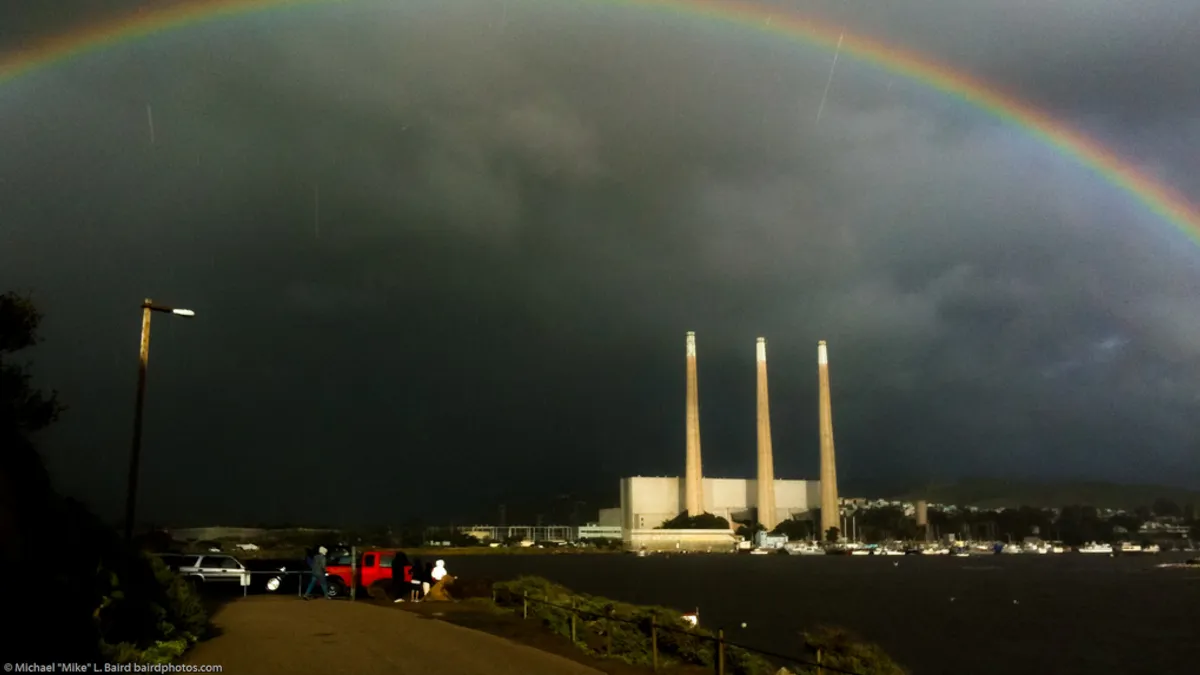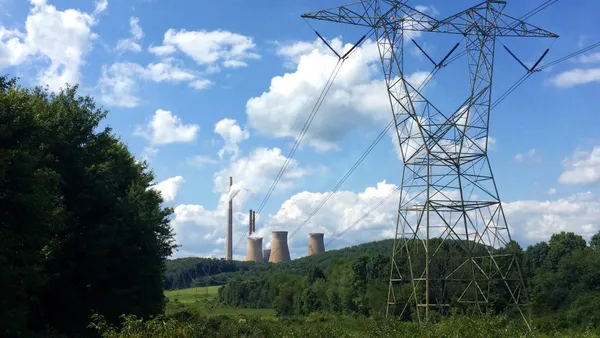Dive Brief:
- Energy produced at the Navajo Generation Station in Arizona is more expensive than power purchased in the wholesale market, leading plant operator Salt River Project and four other owners to consider closing the plant.
- According to The Arizona Republic, the cost of environmental compliance, lease negotiations and cheap natural gas have all put financial pressure on the plant to close, a familiar backstory behind a slew of recent coal plant closures.
- The 2,250 MW power plant serves electric customers in Arizona and Nevada, and also supplies most of the power needed to pump water through the Central Arizona Project, the largest single source of renewable water supplies in Arizona.
Dive Insight:
The Arizona Republic reports the Navajo station may be in jeopardy, as a declining list of owners leaves fewer companies to foot the bill of installing stricter environmental controls. Operated by SRP, the plant is also owned by the U.S. Bureau of Reclamation. In 2013, the city of Los Angeles pulled out, and Nevada utility NV Energy has similar plans.
A report out of the National Renewable Energy Laboratory last year put the cost of power generated at NGS at $38/MWh, compared with $32 in 2015. After 2019, that cost will rise to $41/MWh, reflecting terms of a new lease, and then $51/MWh in 2030 due to emissions standards.
"Price trends examined in this analysis suggest a turnaround might be years away, especially if natural gas prices remain low," the report concluded.
The U.S. Bureau of Reclamation owns about a quarter of the project, while SRP claims 43%. Arizona Public Service Co., NV Energy and Tucson Electric Power combine to own the rest.
Despite the decline of coal generation—a trend expected to continue—the U.S. Energy Information Administration believes coal will generate 31% of the country's power this year, compared with about 30% in 2016. Gas will decline from 34% to about 33% in 2017.















